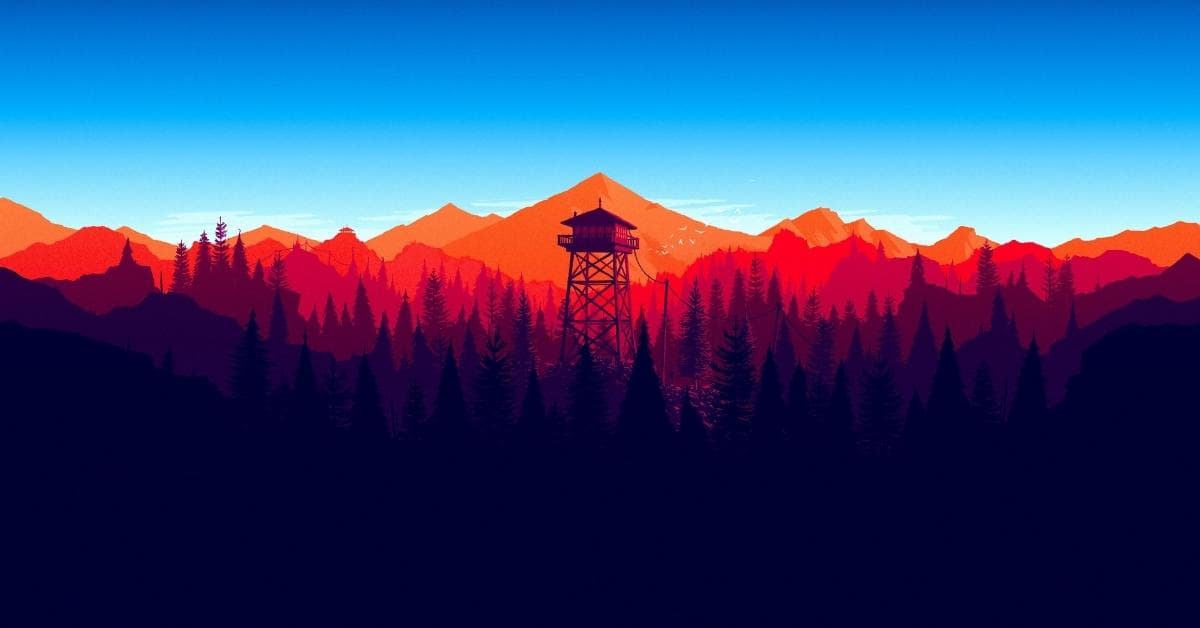In the world of digital design, image vectorization is a common and valuable technique that can significantly enhance the quality and versatility of your visual content. If you’re wondering why you should vectorize an image, this article will provide you with a comprehensive understanding of the benefits and uses of this process. We will also address frequently asked questions to ensure you have all the information you need.
What Is Image Vectorization?
Before diving into the “why,” let’s briefly explain what image vectorization is. When you create a digital image, you can do so in two primary formats: raster and vector. Raster images, like JPEG and PNG, are composed of pixels and are resolution-dependent. Vector images, on the other hand, are composed of mathematical equations and are resolution-independent. Vectorization is the process of converting a raster image into a vector format.
Benefits of Vectorization
Now, let’s explore the numerous advantages of vectorizing an image:
- Scalability: Vector images can be scaled up or down without losing quality. This is crucial for logos, icons, and other graphics that need to be displayed at various sizes.
- Clarity: Vector images are sharp and precise, making them ideal for intricate details. This ensures that your design remains crisp and clear, even at high zoom levels.
- Editability: Vector images are composed of editable paths and shapes. This allows for easy modifications and adjustments without degrading quality. Designers can change colors, shapes, and sizes effortlessly.
- Versatility: Vector graphics can be used in various contexts. Whether you need them for web design, print media, or promotional materials, vector images are adaptable to different platforms.
- Small File Sizes: Vector files are generally smaller in size compared to their raster counterparts, making them ideal for web use and reducing loading times.
- Smooth Lines and Curves: Vector graphics are perfect for illustrations, logos, and typography, as they produce smooth lines and curves without pixelation.
Common Uses of Vectorization
Now that we’ve covered the advantages, let’s delve into the practical applications of image vectorization:
- Logo Design: Vector logos ensure brand consistency, as they can be used on everything from business cards to billboards without loss of quality.
- Icon Design: Icons need to be sharp and legible at small sizes. Vectorization ensures they look great on all devices.
- Typography: Vector fonts allow for customizable text, which is especially useful for branding and design projects.
- Infographics: Creating detailed and complex infographics becomes more manageable when using vector graphics.
- Illustrations: Whether for websites or print publications, vector illustrations are versatile and maintain quality across different platforms.
- Maps: Vector maps are highly informative and can be zoomed in and out without distortion.
- Engineering and CAD Drawings: In technical fields, vector images are essential for precision and accuracy in diagrams and blueprints.
FAQs
1. Can I vectorize any image?
Not all images are suitable for vectorization. Photographs, for instance, are better suited to the raster format. Vectorization works best for images with distinct shapes, clean lines, and well-defined areas of color.
2. What software can I use for vectorization?
There are several software options available, including Adobe Illustrator, CorelDRAW, and Inkscape. These tools provide the necessary features to convert raster images to vectors.
3. Is vectorization a time-consuming process?
The time required for vectorization depends on the complexity of the image. Simple designs may take minutes, while intricate graphics can be more time-consuming. However, the benefits of vectorization often outweigh the time invested.
4. Are vector images compatible with all devices and platforms?
Yes, vector images are versatile and can be used on various devices and platforms. They are ideal for responsive web design, and they maintain quality when printed on different media.
5. Are vector images suitable for photography?
No, vector images are not suitable for photographs, as they cannot capture the nuances of lighting, shading, and color gradations. Photographs are best represented in raster formats like JPEG or PNG.
Conclusion
In summary, image vectorization offers numerous benefits, including scalability, clarity, editability, and versatility. It is a valuable technique for creating graphics that need to maintain quality across different platforms and sizes. Whether you’re a graphic designer, a business owner, or a creative enthusiast, understanding why you should vectorize an image is the first step toward enhancing your visual content.
If you have more questions about vectorization or need assistance with the process, don’t hesitate to consult with a professional graphic designer or use vectorization software to get started. Elevate your design game and enjoy the flexibility and quality that vector images bring to your creative projects.
This page was last edited on 25 February 2024, at 12:46 pm
